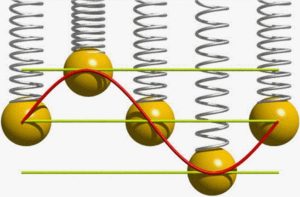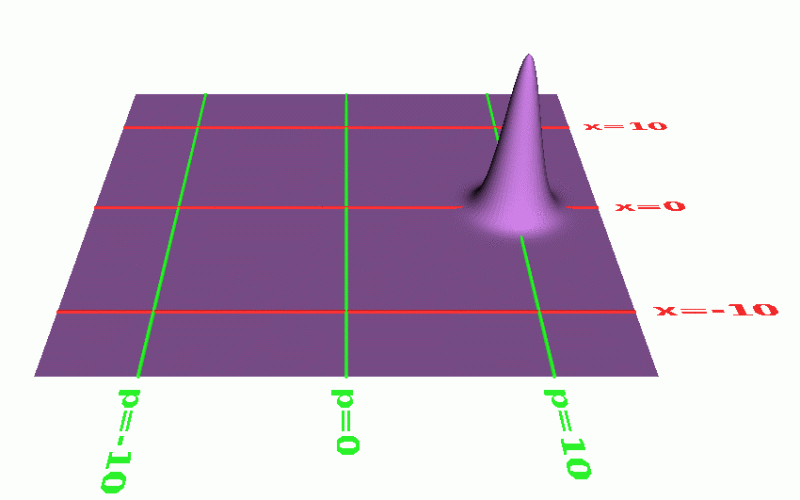In the ever-evolving realm of physics, Condensed Matter Physics stands as a cornerstone, delving into the properties of solid and liquid matter at a fundamental level. With the advent of Quantum Computing, a revolutionary technology, the landscape of condensed matter physics is undergoing a paradigm shift, unlocking unprecedented opportunities and challenges.
Introduction to Condensed Matter Physics
Condensed Matter Physics explores the behavior of large numbers of particles, such as atoms and molecules, which collectively constitute solid and liquid matter. It encompasses diverse phenomena ranging from superconductivity and magnetism to topological states of matter.
Basics of Quantum Computing
Quantum Computing harnesses the principles of quantum mechanics to process information in fundamentally different ways than classical computers. Instead of classical bits, which represent either 0 or 1, quantum bits or qubits can exist in superpositions of 0 and 1 simultaneously, enabling parallel computations and exponential speedups for certain tasks.
Quantum Mechanics in Condensed Matter Physics
The principles of quantum mechanics underpin many phenomena observed in condensed matter systems. Quantum phenomena such as electron tunneling, quantum confinement, and entanglement play pivotal roles in understanding the behavior of materials at the nanoscale.
Future Prospects and Implications
The future of condensed matter physics holds immense promise, with implications for advancements in materials science, technological innovations, and our understanding of the universe. Breakthroughs in condensed matter physics are likely to drive the development of new materials with tailored properties for applications ranging from electronics to renewable energy. Technological innovations inspired by condensed matter physics, such as quantum computing and high-temperature superconductors, have the potential to revolutionize industries and reshape the technological landscape.
Quantum Computing offers unprecedented capabilities for simulating and understanding complex quantum systems, providing insights into materials design, optimization, and discovery. Quantum algorithms can efficiently tackle problems that are intractable for classical computers, such as simulating strongly correlated electronic systems and predicting novel material properties.
Challenges and Limitations

Despite its promise, Quantum Computing faces significant challenges and limitations, including qubit coherence times, error rates, and scalability issues. Overcoming these hurdles is essential for realizing the full potential of quantum technologies in condensed matter physics.
The synergy between Quantum Computing and Condensed Matter Physics opens up exciting avenues for exploration and innovation. Future research directions may focus on developing hybrid quantum-classical algorithms, enhancing qubit coherence and error correction techniques, and exploring exotic quantum phases of matter.
Current Research and Frontiers
Contemporary research in condensed matter physics focuses on exploring exotic phenomena such as topological insulators, quantum computing, and high-temperature superconductors. Topological insulators, materials that conduct electricity on their surface but insulate in their interior, exhibit novel electronic properties with potential applications in quantum information processing. Quantum computing, a rapidly evolving field, leverages the principles of quantum mechanics to perform complex calculations at unprecedented speeds. High-temperature superconductors, materials capable of superconductivity at temperatures above the boiling point of nitrogen, challenge conventional theories and hold promise for practical applications in energy transmission and storage.
Challenges and Unsolved Problems
Despite remarkable progress, condensed matter physics faces challenges and unsolved problems, including the complexity of many-body systems, quantum phase transitions, and the quest for high-temperature superconductivity. Many-body systems, characterized by interactions between a large number of particles, exhibit emergent behavior that defies straightforward theoretical description. Quantum phase transitions, abrupt changes in the collective behavior of particles due to quantum fluctuations, remain poorly understood and pose fundamental questions about the nature of matter. The search for high-temperature superconductivity continues to elude researchers, despite decades of intense study and experimentation.
Conclusion
In conclusion, the intersection of Condensed Matter Physics and Quantum Computing holds immense promise for advancing our understanding of complex materials and unlocking revolutionary technologies. As researchers continue to push the boundaries of both fields, we stand on the brink of transformative discoveries that will shape the future of science and technology.
FAQs
What makes quantum computing different from classical computing?
Quantum computing harnesses the principles of quantum mechanics, allowing qubits to exist in superpositions of 0 and 1 simultaneously, enabling parallel computations and exponential speedups for certain tasks.
How does quantum mechanics relate to condensed matter physics?
Quantum mechanics underpins many phenomena observed in condensed matter systems, such as electron tunneling, quantum confinement, and entanglement, providing insights into material behavior at the nanoscale.
What are the main challenges facing quantum computing?
Challenges in quantum computing include qubit coherence times, error rates, and scalability issues, which need to be addressed for practical implementation in real-world applications.
What are some potential applications of quantum computing in condensed matter physics?
Quantum computing can be used to simulate and understand complex quantum systems, predict novel material properties, and optimize material design processes, offering new avenues for materials discovery and innovation.
Where can I learn more about the latest developments in quantum computing and condensed matter physics?
Stay updated with the latest research publications, attend conferences, and explore online resources from reputable institutions and academic journals.










